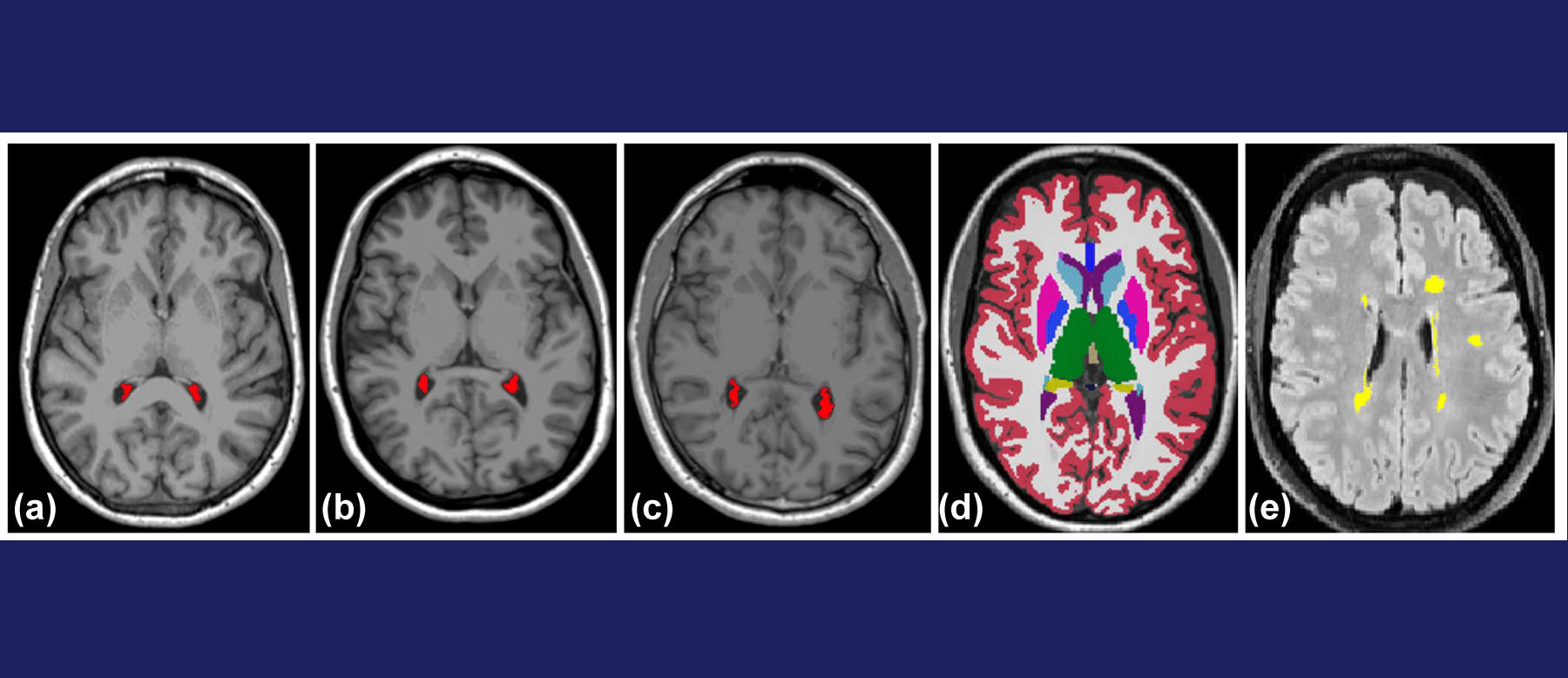February 10, 2025
Overview
This review article explores the evolving role of artificial intelligence (AI) in gastrointestinal (GI) imaging, emphasizing the current limitations and potential applications of AI-driven technologies. It provides insights into the key challenges that hinder widespread adoption, such as segmentation complexities and the lack of large, high-quality datasets in GI imaging.
Purpose of the Study
This publication, in a 2025 special issue of Radiologic Clinics of North America on Imaging of the Small Bowel and Colon, aims to review the progress and challenges of AI applications in GI imaging, focusing on diagnostic accuracy, workflow efficiency, and automation capabilities.
How the Study Was Done
A comprehensive review of existing literature was conducted, examining AI models applied in various GI conditions such as acute appendicitis, inflammatory bowel disease, and oncology. The study summarizes and outlines different machine learning approaches, including deep learning and radiomics in GI imaging, while identifying their clinical relevance and barriers to implementation.
Key Findings
- AI adoption in GI imaging is still in its early stages, with most applications remaining within academic settings.
- Limited dataset sizes and a lack of external validation continue to impede clinical adoption.
- Promising AI applications include detecting acute GI conditions, assessing inflammatory bowel diseases, and aiding in cancer staging.
- Improvements in segmentation techniques and dataset diversity are crucial for further advancements.
Who Performed the Study
This invited review article from Radiologic Clinics of North America was led by the team of Drs. Errol Colak, Anish Kirpalani, and Robert Moreland from Toronto Radiology and St. Michael’s Hospital, University of Toronto, collaborating with Dr. Jaron Chong, from Western University.





